The Basics of Whitewater Kayaking
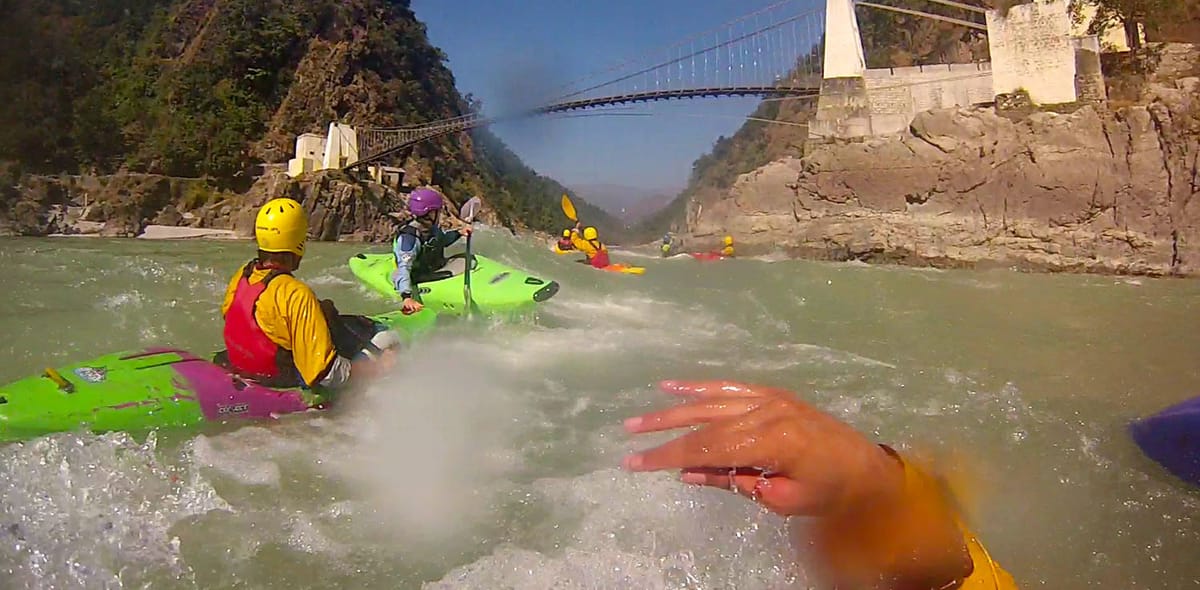
Ten city-dwellers attend a two-day kayaking workshop and feel the pulse of whitewater for the first time
“You are about to encounter a rapid,” Dinesh called out from his kayak. “And?” I looked at him quizzically, while trying to control my creek boat. “Balance,” he said.
“OK,” I said, and as we paddled on, the peaceful Ganges seemed to change its mood, slightly. We were entering, "Marine Drive," a class II rapid, welcomed by the seasoned paddler, perturbing action for a first-timer. The kayak bobbed up and down. Dinesh’s words rang. Balance.
On a sunny November morning, on the secluded sandbanks of the calm Ganges near Rishikesh in Uttarakhand, a group of ten city-dwellers were changing into wetsuits. In the next few minutes, for the first time in their lives, they were going to hop into kayaks and paddle on the river.
They were a part of a two-day workshop on kayaking for beginners. Organised by Team4Adventure, a 15-year-old adventure tour operator, the classes aimed to give the participant an introduction to the how and what of kayaking, along with a taste of paddling in the whitewater, in a span of two days, free of cost.
bowsterncockpit
“A beginner’s course is generally a four-day affair, but over time we discovered that the participants would lose interest in the course within a couple of days. We invest money and time in them and they in us, and it would all go to waste. We decided to take this step, give those interested a taste in kayaking so that if they are interested, they can pursue the sport more seriously with longer courses,” Sachidanand Swami, owner and founder of Team4Adventure told the group during an introductory session.
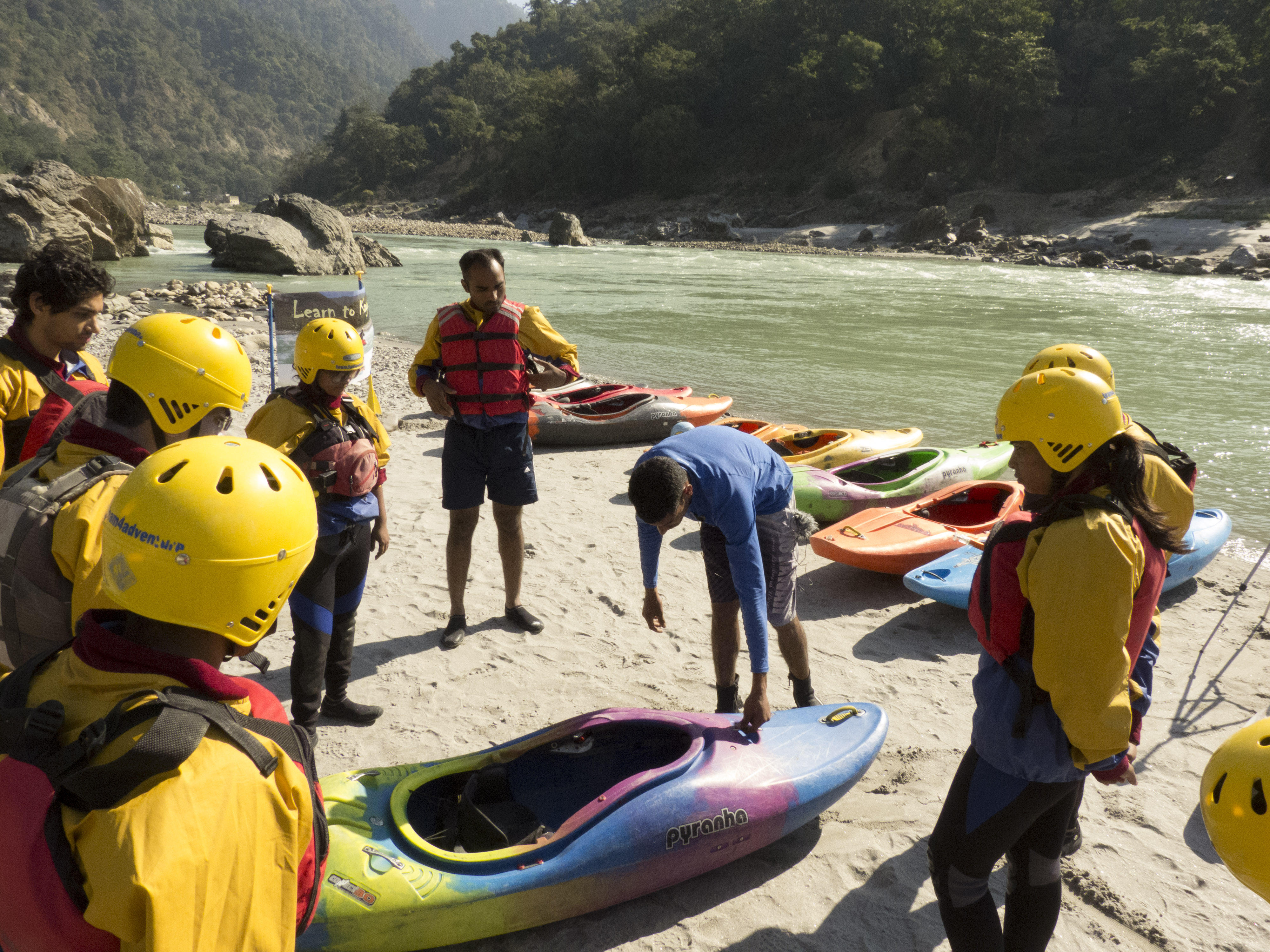
The Outdoor Journal sent two correspondents and kayaking newbies to participate in the workshop.
We were ten of us, working professionals from concrete jungles scattered across the country, and each person had his/her own instructor. For 30-year-old Trim, a real estate consultant based in Gurgaon, it was the attitude of the kayakers toward the sport that got him interested in the sport in the first place. "I had done a river expedition with Swami's team, observed the kayakers and loved their passion for the sport, and the bonding (brought about by kayaking), they shared with each other," he explained.
Our gear consisted of wetsuits (a skin-hugging garment made of neoprene), waterproof jackets, helmet, neoprene booties and a personal flotation device (a nylon-lined foamed vest designed to keep one afloat in water), and a spray deck or a spray skirt ( a sheet made of water-tight cloth, sized to fit a cockpit opening).
Our instructors, or mentors varied from national champions to fresh kayaking graduates.
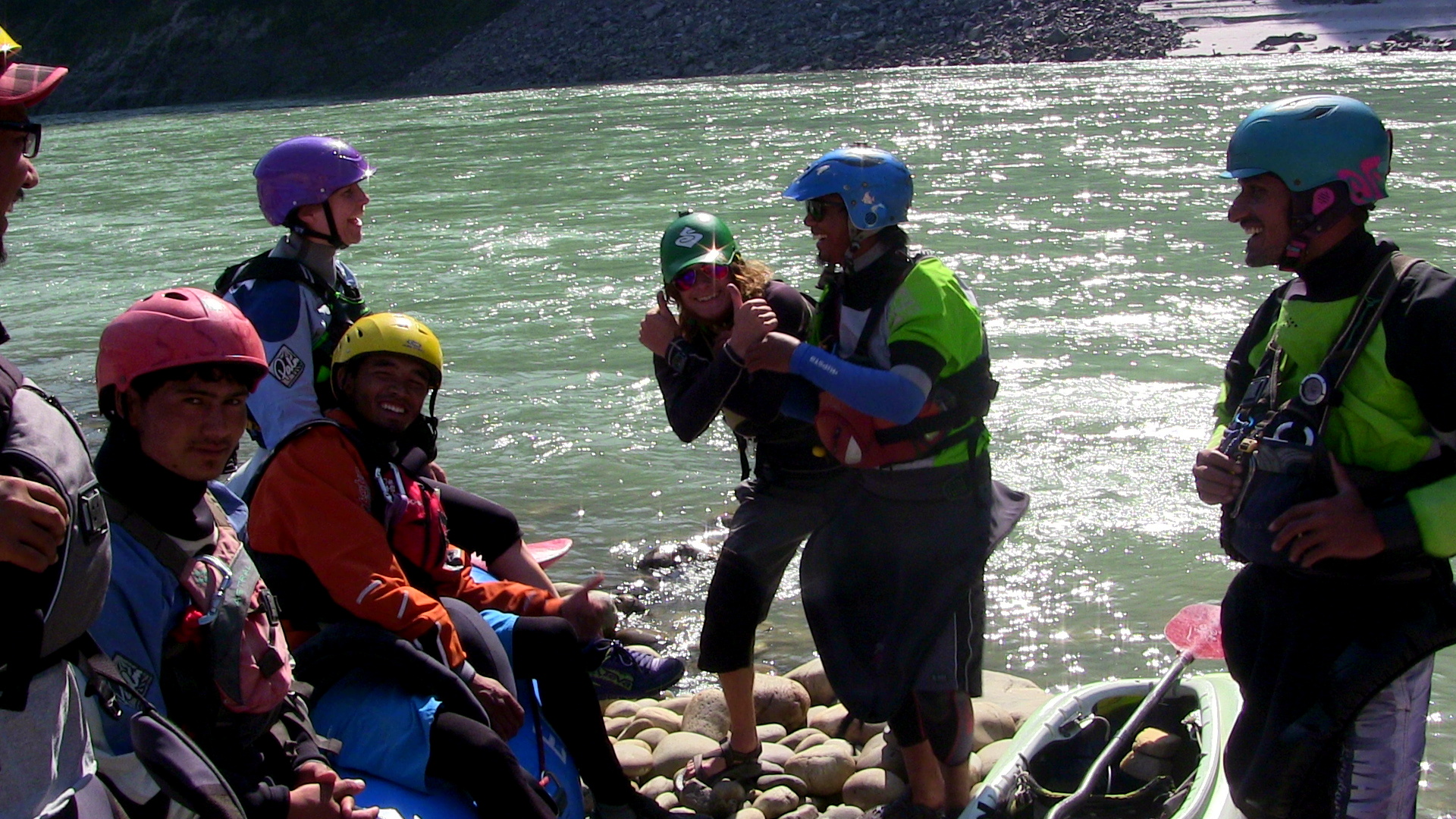
We chose our kayaks, got in and had a long session of paddling in the flat water. While in the kayak, you hold the boat with your lower body, and use the shoulders and arms to paddle. Both the upper and lower body need to be able to function in isolation. The paddle is held wide. Make sure the front bow of the boat faces the point you want to go. For turning right, paddle left, for turning left, paddle right. Maintaining a smooth rhythm of paddling helps keep balance on the boat.
Going upstream means going against the river current, and going downstream means going with the current. A rapid is a section of the river where the water has a steep gradient. It is formed when the river becomes shallow and rocks can be seen above the surface. The flowing water splashes around rocks, and air bubbles become mixed with it. The portions acquire a white color and are called whitewater. Eddies are spots in rivers that aren't moving. In whitewater kayaking, the general movement is from one eddy to the next.
Next came rescue instructions, for beginners. If the boat flips, pull out the spray skirt, and eject from the kayak. Hold on the paddle and come up. A rescue kayak would be around. Hold on to the front of the kayak with both your hands, feet facing and point forwards, alongside the boat. Then continue to paddle the feet and the boat will take you to the place of rescue.
TOJ correspondent Dhruv Vyas flipped while kayaking in Marine Drive, a class II rapid, and got on board safely. Watch the video below to know how.
http://youtu.be/6EPyRF8TLlw
Once in the whitewater, the senses heighten. You move back-and-forth, up-and-down. As a first-timer, all I wanted to do was stay put. My mentor, Dinesh Pandey, a national champion kayaker shouted at me to keep my balance. I kept thinking of the instructions. The bow MUST point at the waves hitting, so that it may go over the waves. Sideways hitting could result in the boat turning. I had a problem keeping the boat straight from the start, in still water. I started talking to the boat, telling it was drunk and that it needed to go straight. I think it listened to me. I didn't flip.
An eskimo roll is the act of putting upright a capsized kayak using lower body movement or a paddle. The eskimo roll takes a lot of training, which is given in the four-day beginners' course.
Once the five rapids ended, it was all over. The flat water is boring compared to the frothy white. As Mansi Thapliyal, 27, a photographer based in Rishikesh put it, "It is the thrill of going through whitewater that makes kayaking so much fun!"
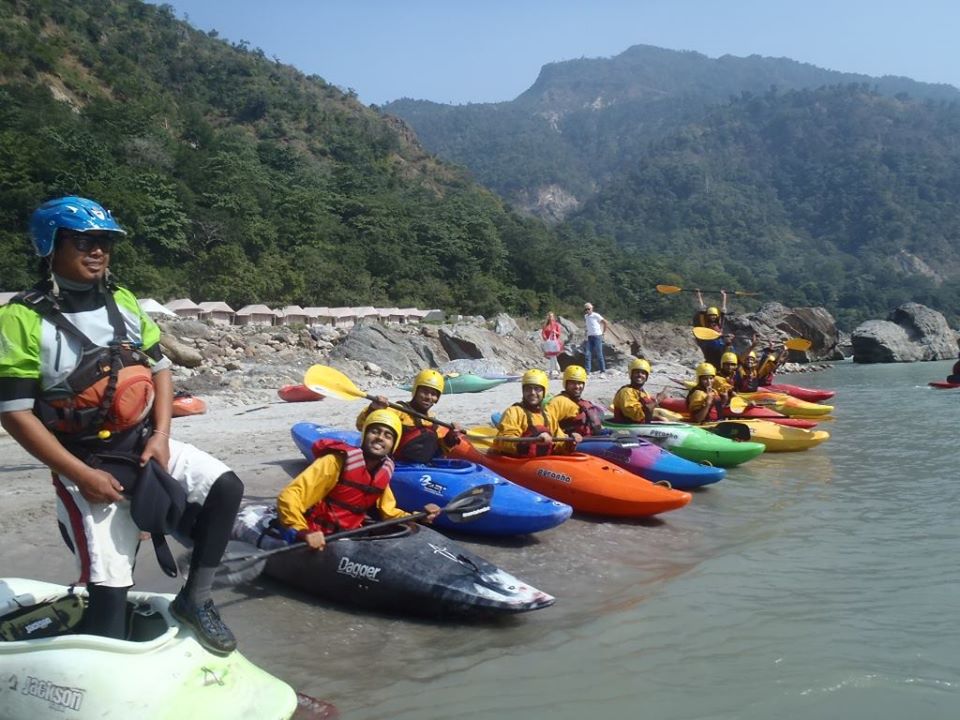
Our 10km river run, and our two-day session ended at Gullar in Rishikesh and we bid goodbyes carrying our 15-20 kg boats on our shoulders to the banks.
Jatin Singh, a Delhi-based professional said he was sure to find his way into the river again, "Obviously. I love the freedom the sport gives me".


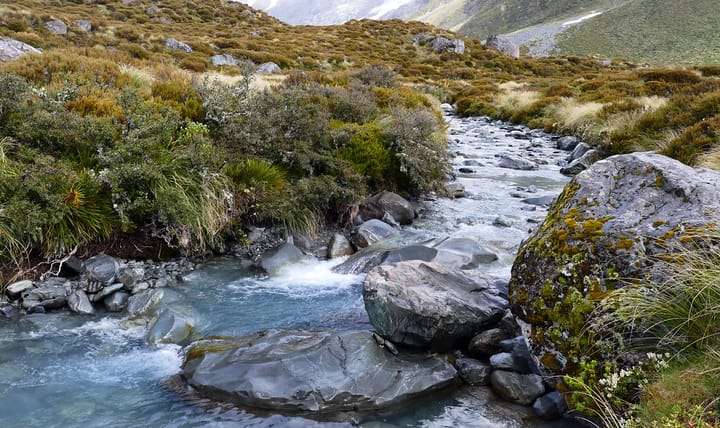
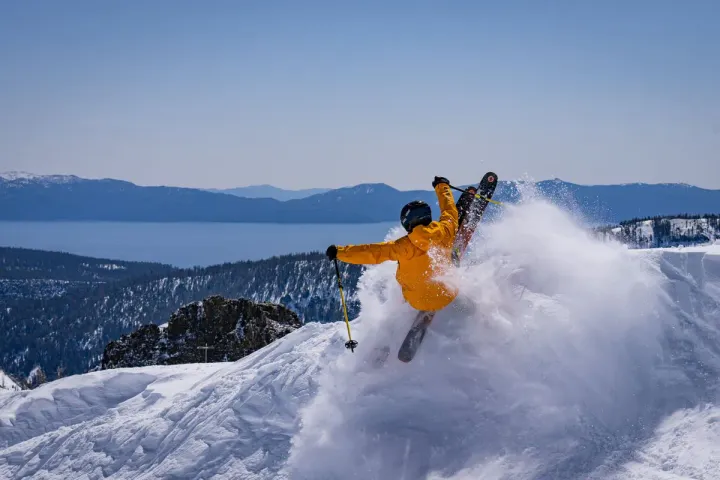

Comments ()